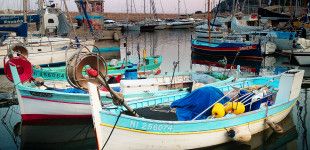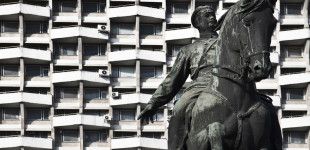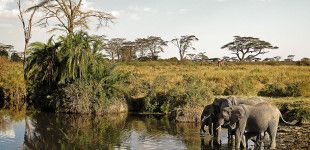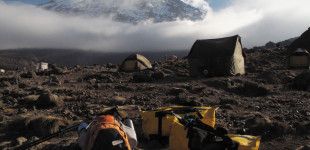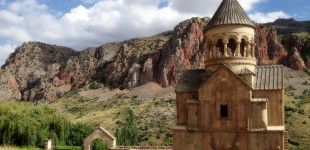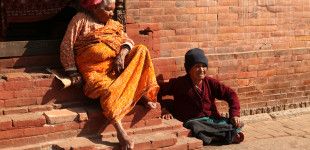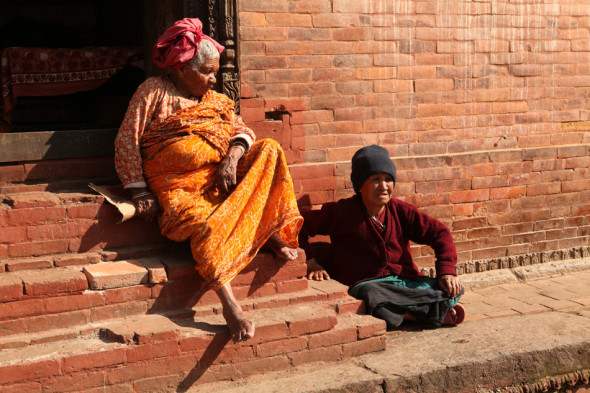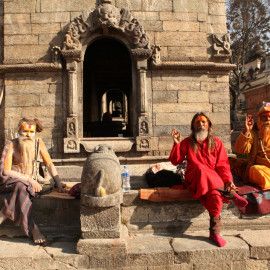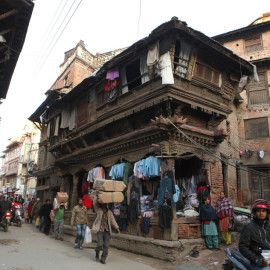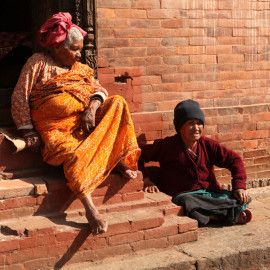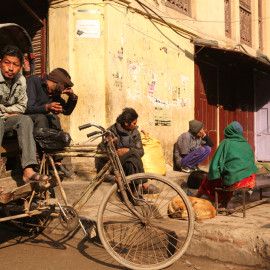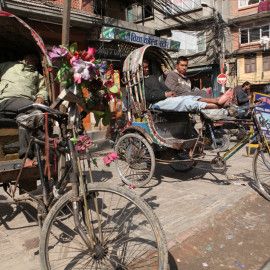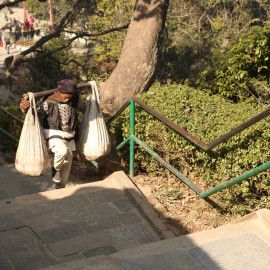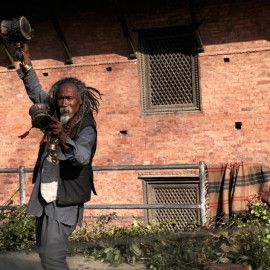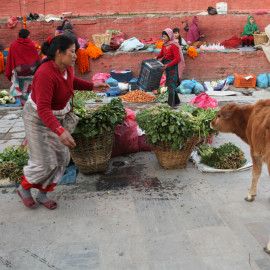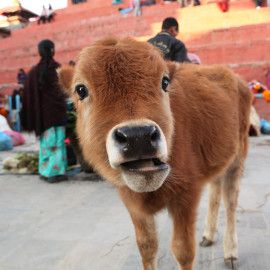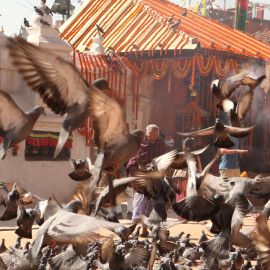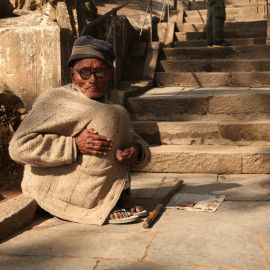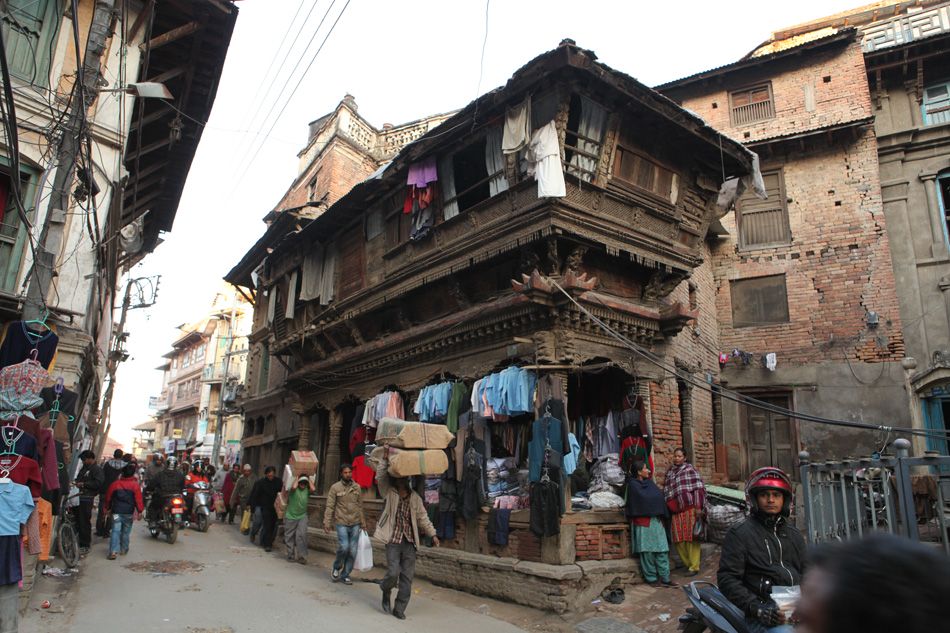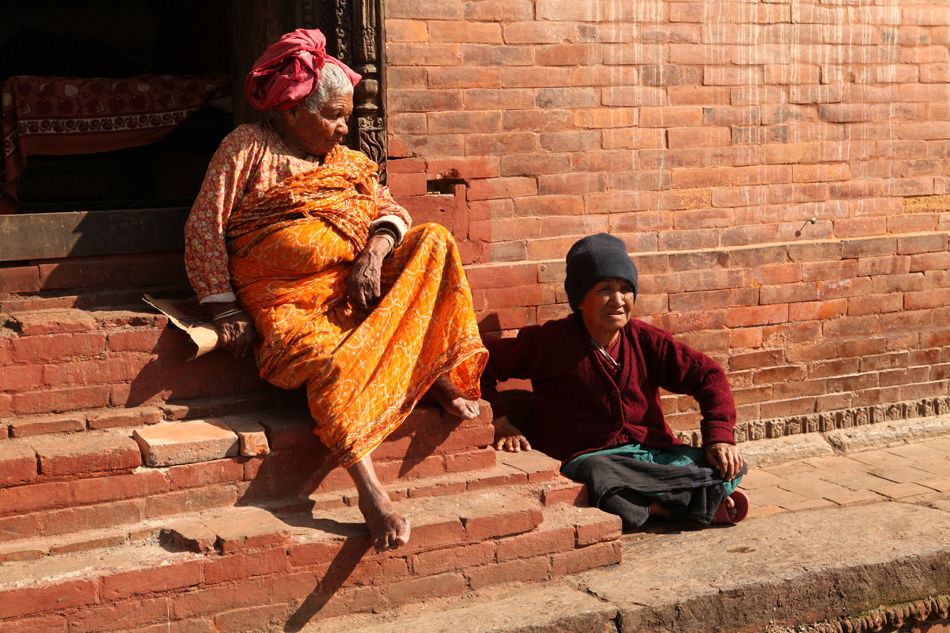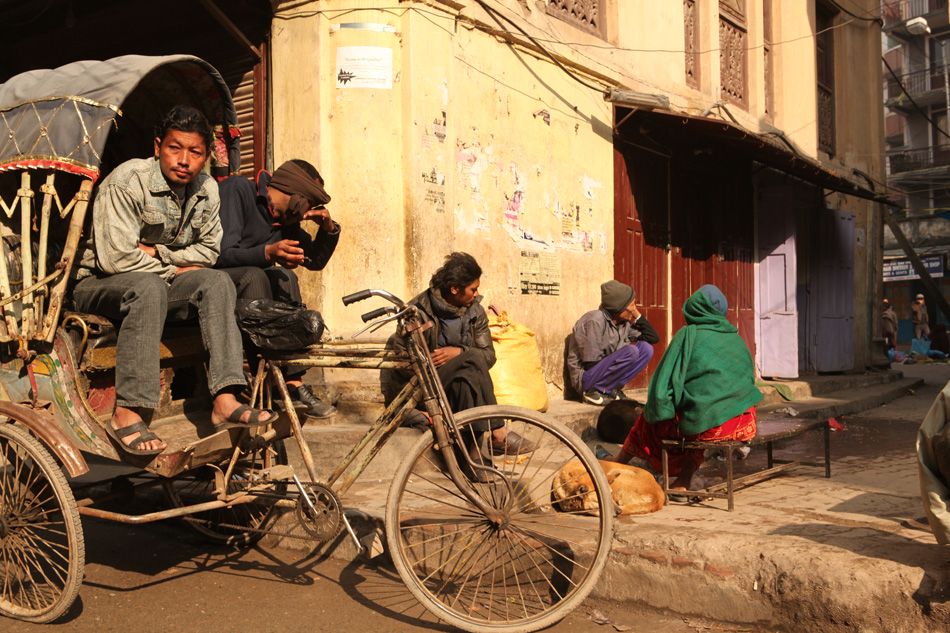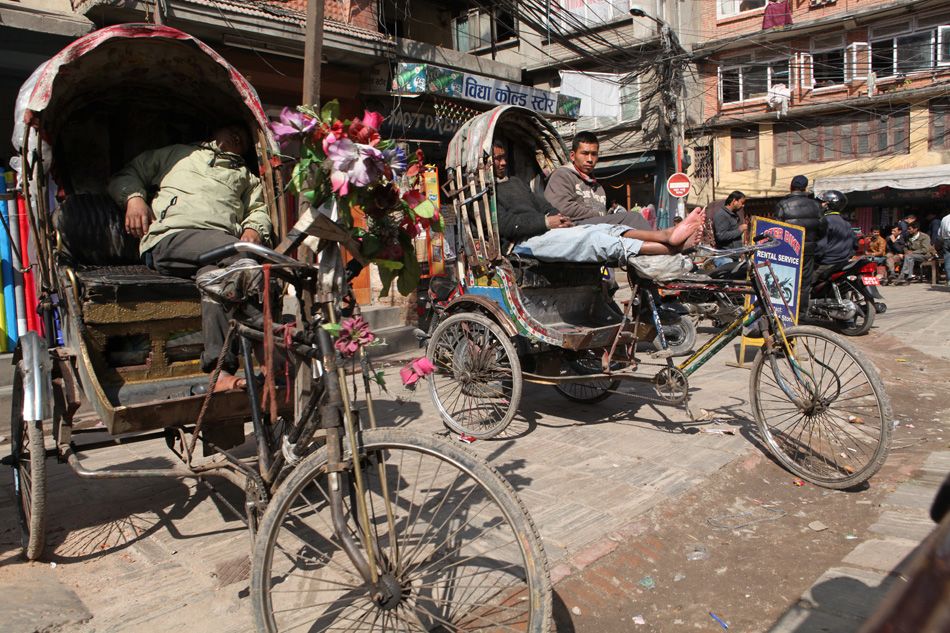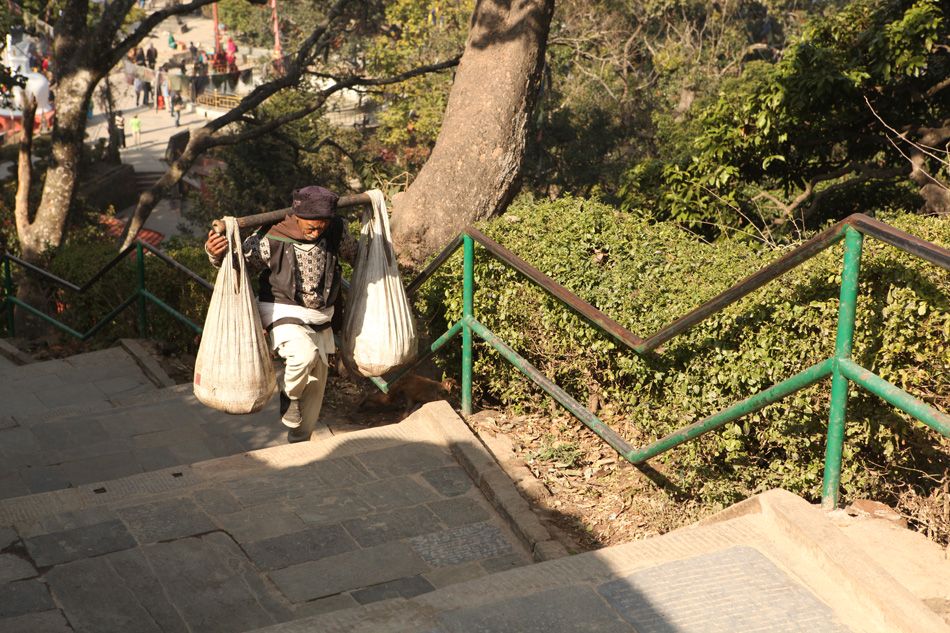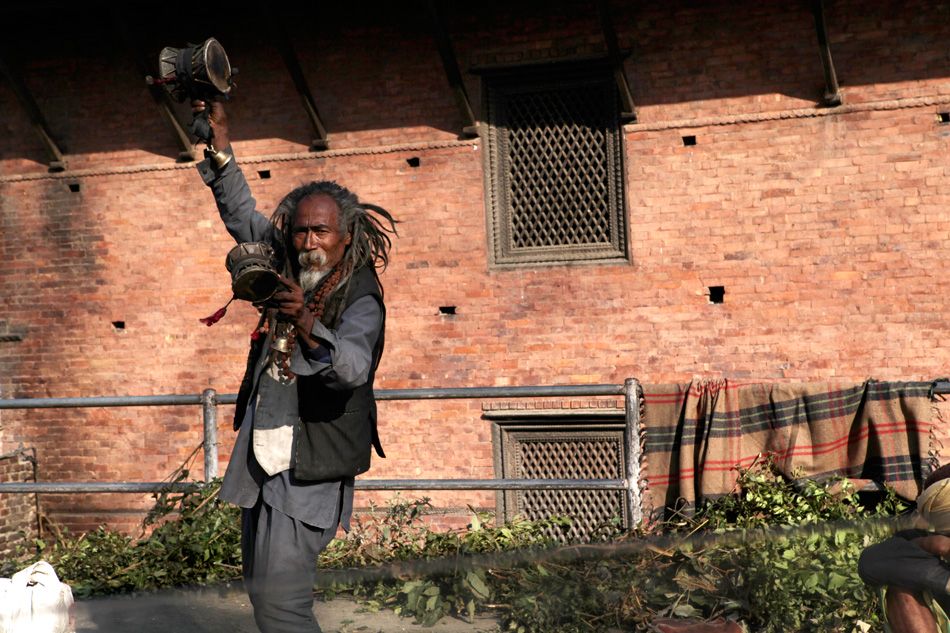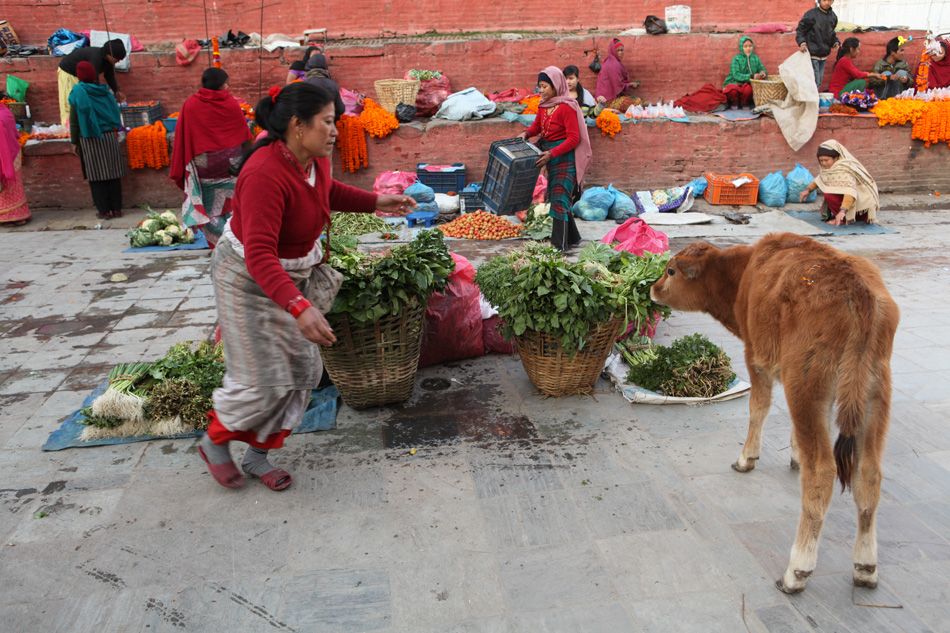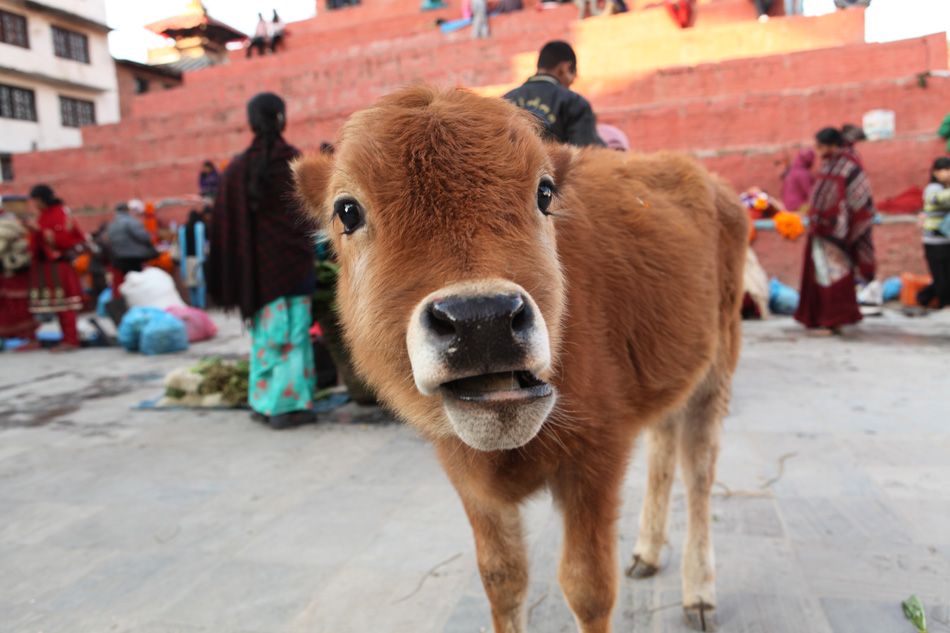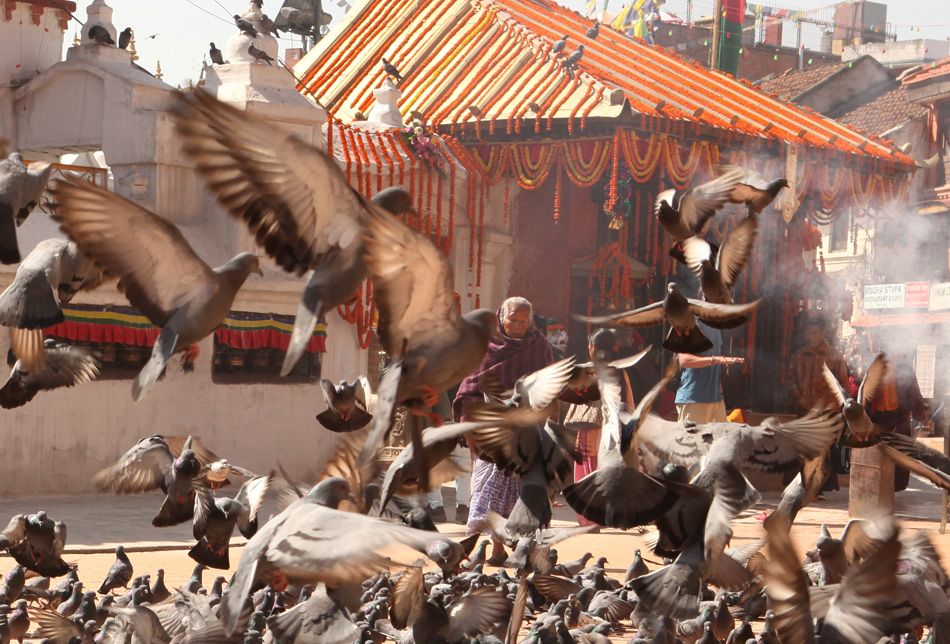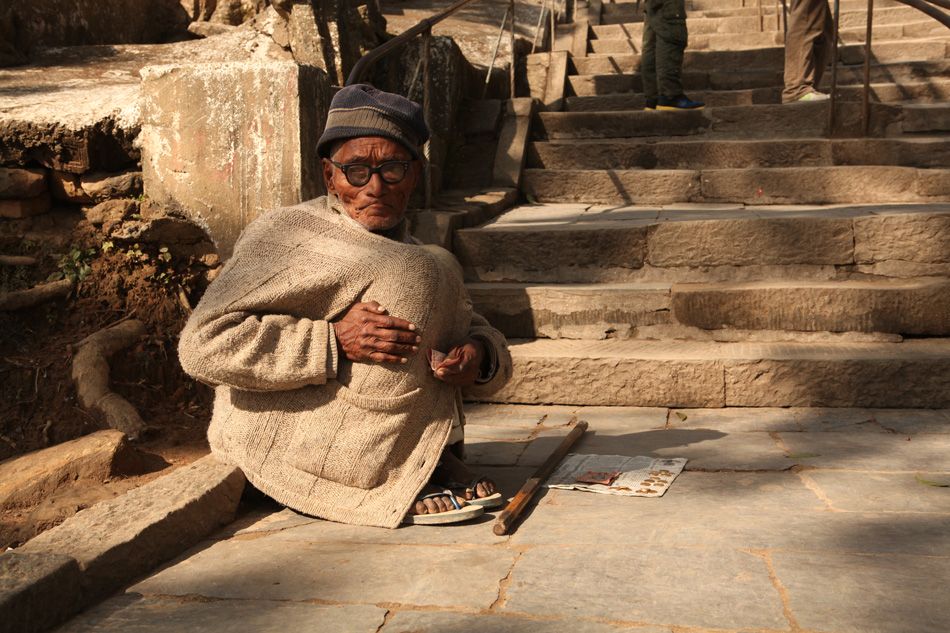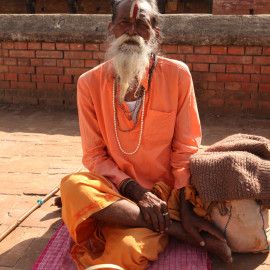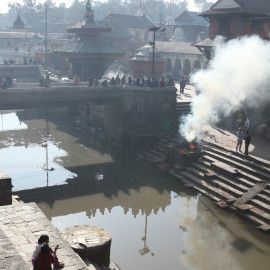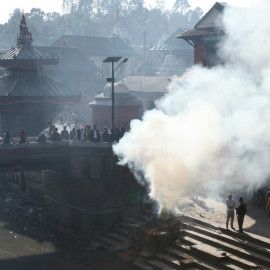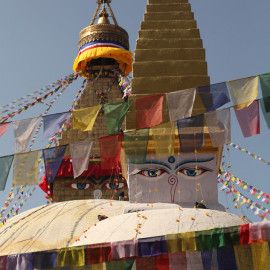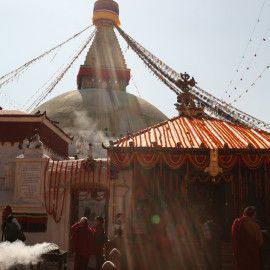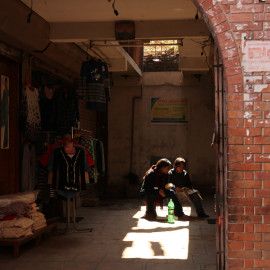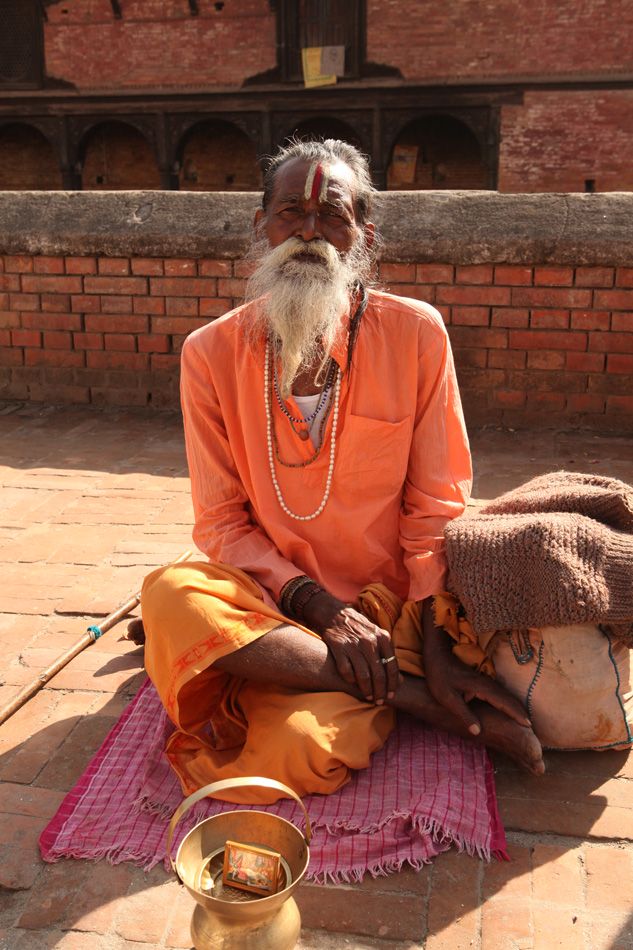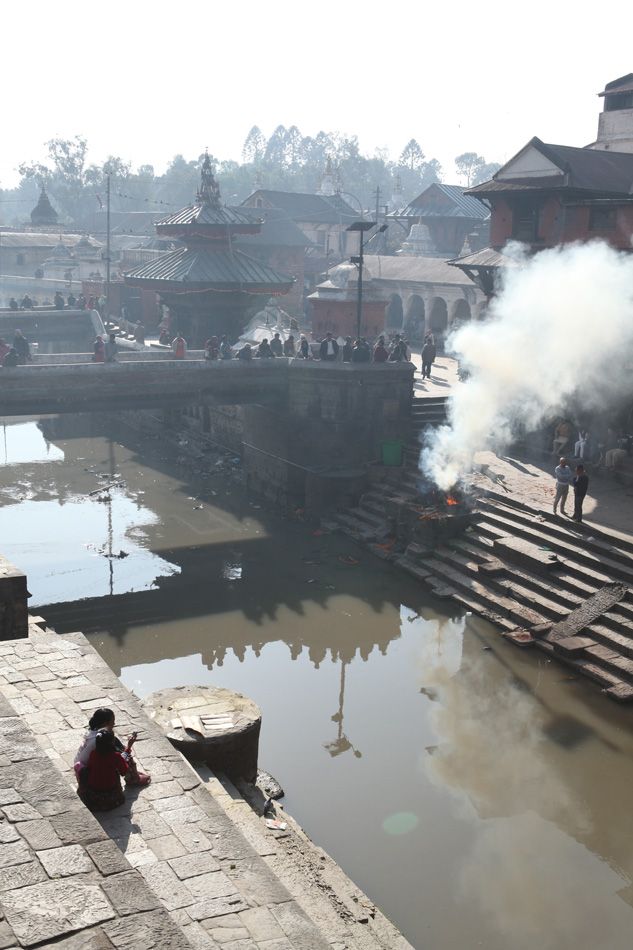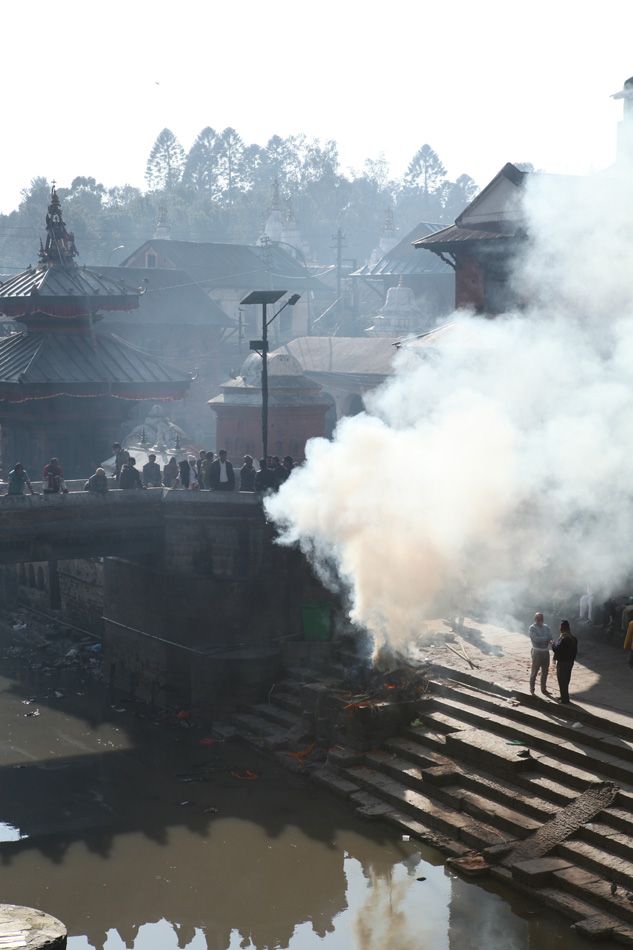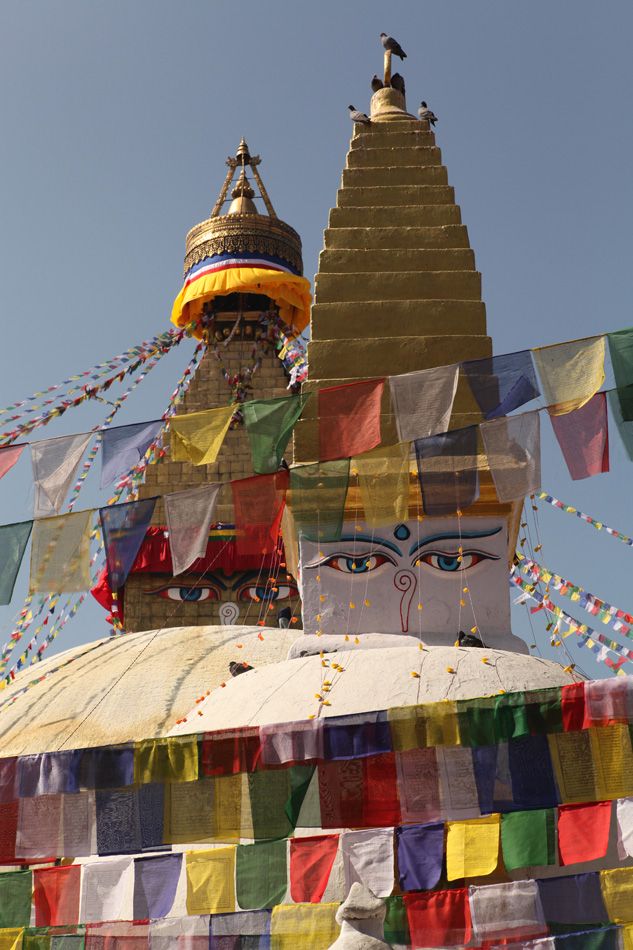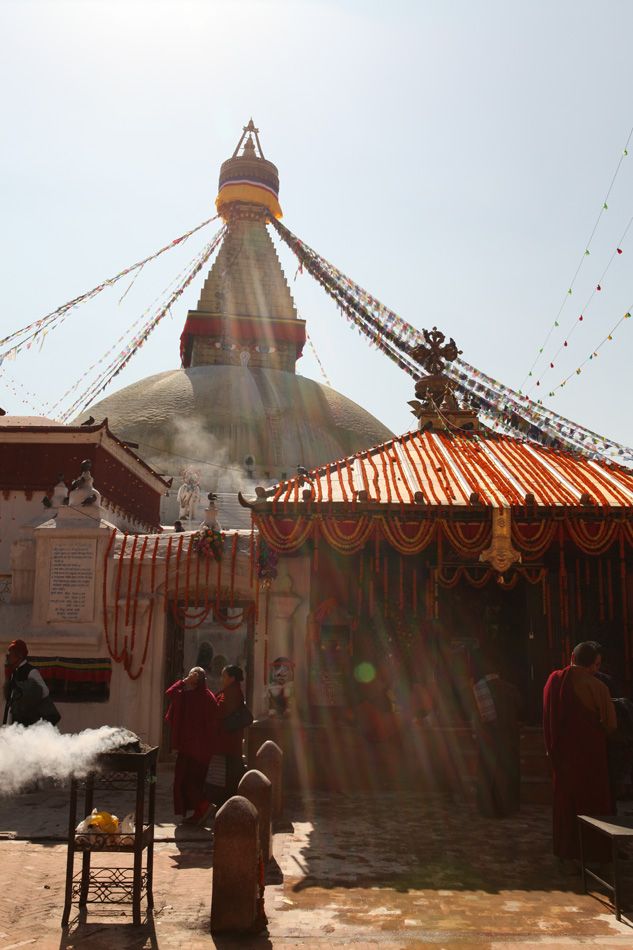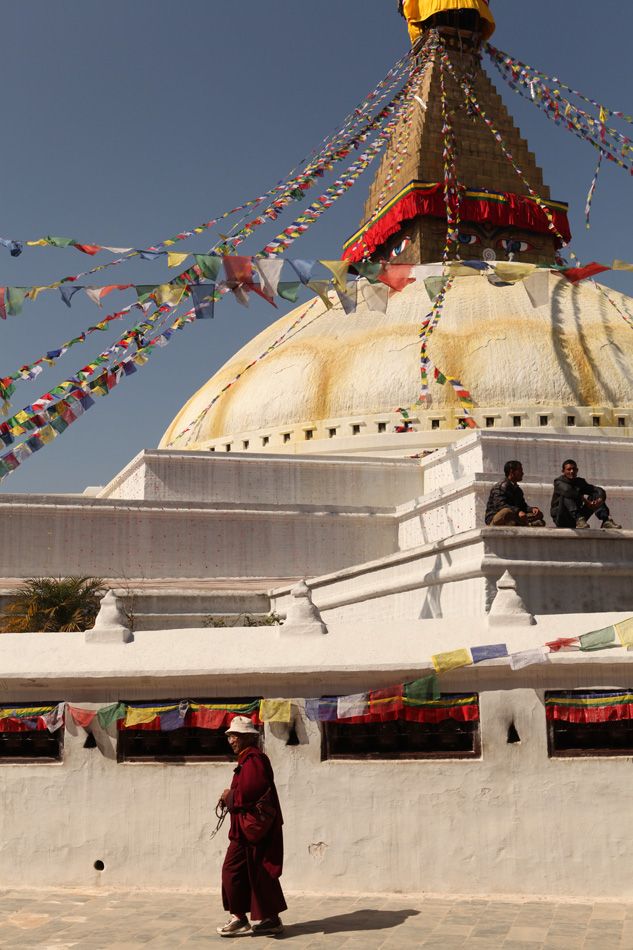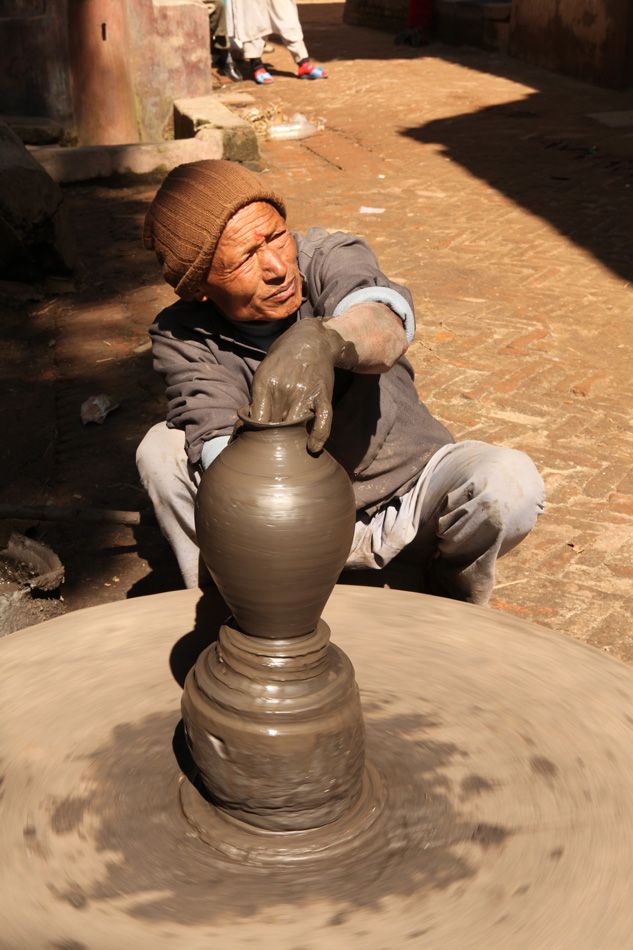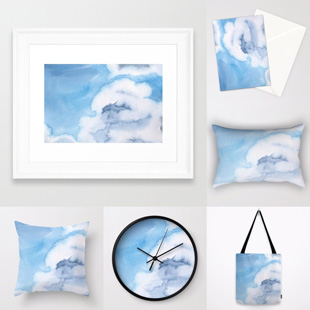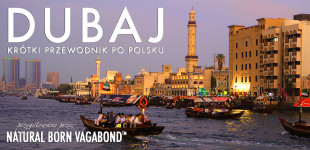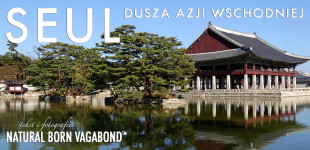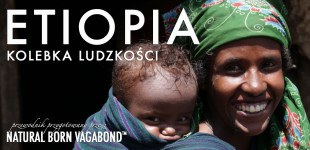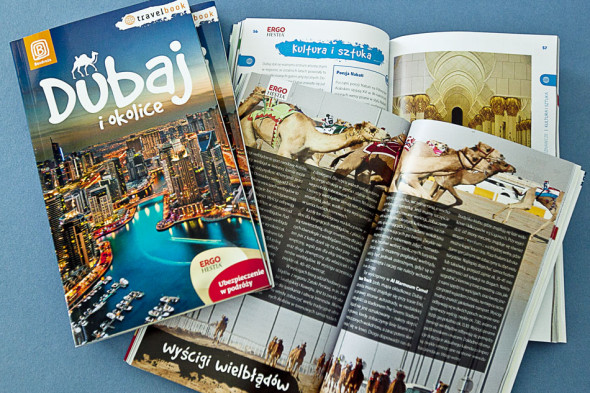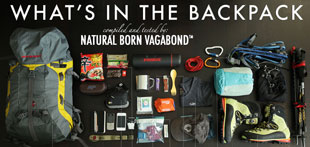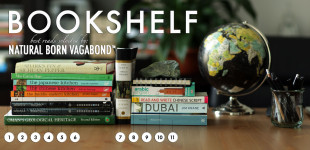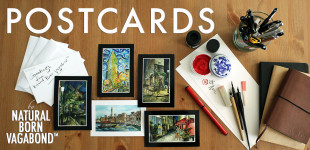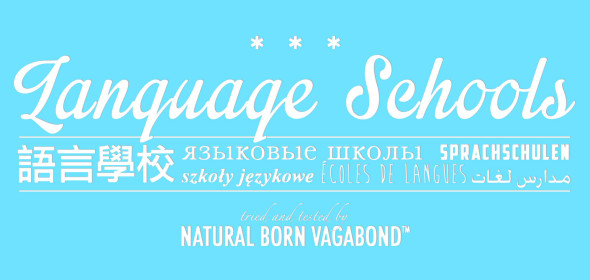Welcome travelers!
Natural Born Vagabond™ is a bilingual (English and Polish) site devoted to travel photography and journalism. Here you can find images and articles from our remote travels. The ambition of the creators is to share the best stories with those who crave wilderness and adventure. If you would like to share your opinions or travel stories please contact us via e-mail.
Featured
Natural Born Vagabond™
Life and death in Kathmandu
Here it is: A glimpse of Nepal — a country of my teenage dreams…
Nepal has had a place in my heart ever since I was a teenager, when I heard marvelous stories about brave mountaineers and their struggles in conquering Himalayan summits. My trip in the winter of 2012 was merely a reconnaisance mission, to scout around the capital city of the Himalayan kingdom, so that we will be well prepared for Annapurna!
Growing up in rural northeast Poland (Masuria), nature has always been close to me in literal and figurative ways. I was fed with biographies of great Polish adventurers by my elementary school teachers, so it was only natural that I would regard these people of my stories as heroes of my childhood (and even today). Their hero status is in no small part due to the fact that these mountaineers were renowned for reaching the “crown of the Himalayas”. Indeed, three of the Polish climbers reached the summit of all 14 mountains exceeding 8,000 metres: Jerzy Kukuczka, Krzysztof Wielicki and Piotr Pustelnik. The first woman who climbed K2 was also a Polish mountaineer: Wanda Rutkiewicz. She also had the audacious goal to be the first woman to join the “all-8000 club”. I guess with such compatriots, it no small wonder that I was filled with excitement when I made a trip to Nepal in 2012.
The peaks of the Himalayas welcomed Kai and I from the distance with a warm sunset just minutes before we landed at the Kathmandu International Airport. But the serenity of the sun setting in the Himalayas was interrupted the instant we left the airport. After passing through the chaos of a third-world airport terminal, we were surrounded by taxi drivers and their agents offering rides to the city. The scene was straight from a movie, with drivers jostling for position and trying to offer rides and accommodations. Amidst the frenzy, we were lucky enough to have had experience in such situations and knew a few names of traveller-tested hotels, so we were able to procure a driver willing to take us to the Kathmandu Guest House (KGH), where we had made earlier reservations. The KGH is renowned in the traveller community and we reckoned that we wanted to experience its fame and charm as well.
We had a good sense about the driver we chose. I guess it was just based on good intuition from the fact that Kai had spent much time in the developing world. The driver had a wit about him and drove us in his dilapidated taxi and even sold us on the beauty of sitting in a jalopy as part of the charm of visiting Nepal — for which we agreed! Our instincts on the good nature of the driver were confirmed through the tenure of the ride and we later on made a deal with him to chauffeur us around town for the next few days. Unfortunately he did not speak much English, but it did not matter much as he knew exactly where to take us — the standard tourist attractions — and it gave us a genuine vibe of the city. So over the next few days we saw monkeys, temples, the Big Stupa, public cremation ceremonies, and an unfiltered lens into a third-world country. Of special note for us were the public cremations, which elicited mixed emotions of awe, grief, disgust and wonderment, and forever enchanted us at how the Nepalese so casually blend life and death into their lives.
Most of our time — when not being shown around by our driver — was spent wandering around, on foot, the colourful streets of Kathmandu and getting acquainted with the street vendors who were selling momos — Nepalese dumplings — served elegantly on banana leaf plates. We were forewarned by every guidebook to be cautious with the city’s notorious street food, but they looked and smelled so so delicious that we could not resist! Of course it was Kai, known for his bravery with food (and helped by having a cast iron stomach), who tried them first. From the pleasant look on his face, as he is known to show when in gastronomic bliss, I surmised that I would have to follow suit and soon I too became a fan of all things momo thereafter!
In addition to random street carts, we also discovered a few sweet spots to dine and drink. One of them was a jazzy-backpacker-mountaineer themed open-air restaurant, with engravings of the Kama Sutra on its walls, called the “New Orleans Bar” with a selection of local beers. Not surprisingly, the beers had local names, including “Gurkha” (the famed Nepalese group that served in the British empire military) and “Everest”. In the middle of the restaurant was a large bonfire, set up to keep patrons warm in the cold of the winter. Another place that we called our own was the “Shisha Terrace Cafe and Bar”, nestled in the crowded buildings next to the guest house. It was a place full of local youngsters sitting on the floor cushions at low tables bobbing to the rhythms of local rock band, and also a place for backpackers to exchange stories of the trekking adventures. The one drawback about the place was that it closed early; perhaps due to the limited and shortened hours of the public transportation and that few, if any of the locals, actually lived in Thamel. In any case, that was probably a blessing in disguise for us, as it helped save our energy for exploring the city during the daylight hours.
Our trip was visually overwhelming. Kathmandu is a city where humans, spirits, animals and chaos coexist in a colourful spectacle. Temples, stone roads, rickshaws, vendors, bicycles, cars, cows, humans, monkeys — you can see them all on the streets. Together with a visit to neighbouring Bhaktapur, a city famed for its artwork and the ancient capital of Nepal, we caught a small glimpse into a place that had trappings of modernity, but was deeply ensconced into a simpler and more rugged era. Like many travellers before us, Bhaktapur dazzled us with its red brick architecture, woodcarving finishes and pottery made on the streets using technology from centuries ago.
Our brief stay at the KGH in the Thamel district — an area famed as a backpackers paradise — was a great choice and tantalised our senses for more of Nepal. Like many before us, the KGH was part of the adventure in exploring the tiny kingdom squeezed between the giants of China and India. The friendly atmosphere of the guest house, amplified by the presence of a fireplace in the lobby and a backyard patio complete with its own bonfire, made our stay pleasant in spite of the basic arrangements — although, as our driver would say, the primitive lodging, just as the dilapidated car, was all part of the Nepal experience.
The below are eateries we visited and recommend:
Helena’s Restaurant in Thamel, near the KGH:
Head to Helena’s for an early breakfast on one of Thamel’s highest rooftops. Besides the charming view — which includes water tanks remarkably similar to those found in Manhattan — the place offers delicious Nepalese tea and toast. And with no mechanical aid to ascend to the rooftop, you will be assured to be hungry (or at least winded) by the time you make it to the terrace. But you will be rewarded for your effort, especially if your are lucky enough to see the city waking up to a new smoky day.
Yang Ling Tibetan Restaurant in Thamel, near the KGH:
This was one of our great discoveries. Yang Ling Tibetan Restaurant features excellent momos and a menu that is genuinely Tibetan. Although we had by then become ardent fans of momo, the most memorable dish was the pickled spicy yak carpaccio. And if the thought of raw yak meat is a little intimidating, order a large bottle of one of the local beers — e.g. Everest or Gurkha — to wash your palette. As Kai always states, the alcohol will take care of any impurities!
Nyatapola Cafe in the town of Bhaktapur:
Nepal is all about the yak. The animal is intimately ingrained into the life of the country, as a sacred animal that provides sustenance, labour and even companionship. Thus it should come as no surprise to learn that yak cheese features prominently in the Nepalese diet. Kai bought several t-shirts with embroidered yak art as a testament to the yak’s integral place in Nepalese life. Anyhow, both Kai and I wholeheartedly endorse the merits of yak cheese and Nyatapola Cafe is a great place to experience its essence. Situated above the ground level and adjacent to one of Bhktapur’s famed temples, the cafe offers a genuine experience of local cuisine, while at the same time being tourist friendly.


